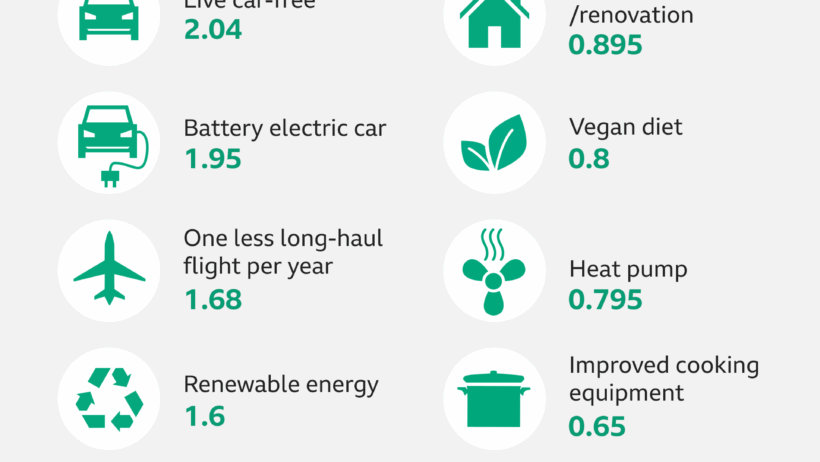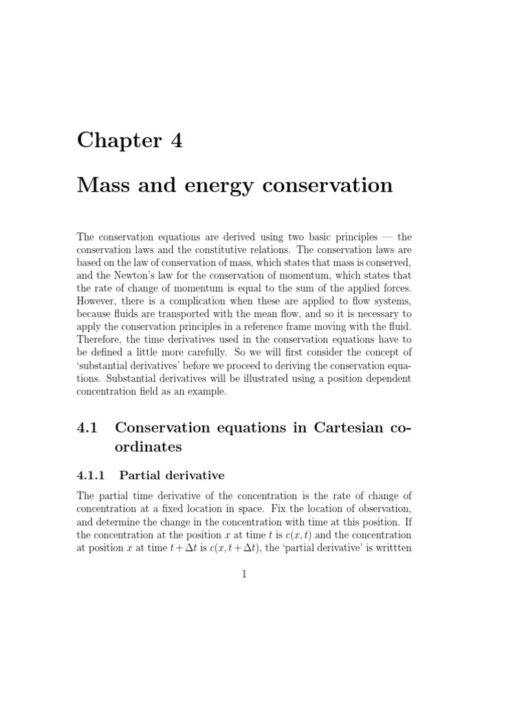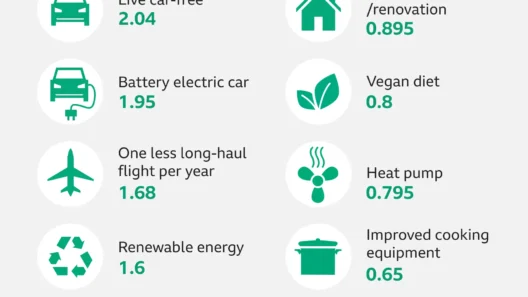As climate change continues to loom ominously over our planet, many individuals are grappling with the question: “What can I do to make a difference?” The challenge presented is twofold: not only must we identify actionable steps to reduce our carbon footprints, but we must also confront the deeper obstacles that often deter us from making significant lifestyle changes. In this exploration, we will delve into practical tips for reducing global warming while fostering a greater awareness of our environmental impact.
In an era marked by rampant industrialization and consumerism, one wonders how our daily decisions can contribute to a healthier planet. The concept of a carbon footprint—quantifying the total greenhouse gases emitted directly or indirectly—serves as a useful metric for assessing our personal contributions to global warming. So, let’s embark on this journey of discovery together.
As you ponder the profound implications of your everyday choices, consider how transitioning to renewable energy sources might be within your grasp.
Embrace Renewable Energy Solutions
Switching to renewable energy sources, such as solar or wind power, can radically alter your carbon footprint. By opting for energy from sustainable sources, you eliminate dependence on fossil fuels, which are notorious for their high carbon emissions. Installation of solar panels might seem daunting initially, given the upfront costs, but many regions offer incentives or tax credits that can alleviate these financial burdens. Think of the sunlight streaming onto your roof—not just as a source of light but as a potential electricity producer.
However, the shift to renewable energy does not end there. If you rent your home or lack a rooftop suitable for solar installation, consider purchasing renewable energy credits (RECs) or subscribing to community solar programs. These alternatives allow you to support green energy initiatives without needing to install physical infrastructure. Are you ready to make a bold statement in favor of the environment?
Adopt Sustainable Transportation Practices
Finding ways to minimize car usage also provides a potent opportunity to decrease emissions significantly. Public transportation, cycling, and walking are not just eco-friendly options; they offer myriad benefits for your health and well-being. Imagine transforming your daily commute into an exercise regimen, invigorating both your body and the planet.
Carpooling is another viable option, where you can share rides with friends or colleagues, thereby reducing the number of vehicles on the road. Alternatively, if you must drive, consider investing in an electric or hybrid vehicle, significantly reducing the greenhouse gases emitted per mile traveled. As you consider your transportation options, ask yourself: how can I turn my daily commute into an exhilarating journey toward sustainability?
Climate-friendly transport choices reflect an intentional lifestyle, one that prioritizes environmental stewardship over convenience. While the transition may take time, each small change contributes meaningfully to the broader climate movement.
Redefine Household Consumption Habits
Another critical aspect of reducing your carbon footprint lies in re-evaluating your consumption patterns. The production processes behind many of the products we use daily carry substantial environmental costs. Begin by scrutinizing your shopping habits and identifying areas for improvement. Is it possible to purchase products that are locally sourced or made from sustainable materials?
Additionally, embracing a minimalist lifestyle helps decrease your overall consumption. By focusing on quality over quantity, you can significantly reduce waste and support companies dedicated to sustainable practices. When shopping, consider asking: “Do I really need this item?” Your wallet and the environment will both benefit.
Moreover, food choices play a crucial role in our carbon footprints. A diet rich in plant-based foods not only supports your health but also requires far less energy and resources than a meat-heavy diet. Educate yourself about the environmental impacts of food production, and contemplate how shifting toward dietary sustainability can become a personal mission.
Raise Awareness and Advocate for Change
The fight against global warming transcends individual action; it requires collective efforts. As you become more aware of your own carbon footprint, consider urging friends, family, and peers to join you in this critical endeavor. Host gatherings focused on sustainability topics, share your insights on social media, or even engage in local environmental initiatives. Advocate for policies that promote renewable energy, conservation, and sustainable practices.
Moreover, enrolling in community programs that focus on afforestation, recycling, or energy conservation can amplify your impact. By aligning with like-minded individuals who share your goals, you can create a more substantial movement for change. Can you lead by example and inspire those around you to strive for a sustainable future?
As the climate crisis intensifies, the urgency for action cannot be overstated. By implementing these practical tips to reduce your carbon footprint, you not only enhance your own lifestyle, but also become an agent of change in the ongoing battle against climate change. Remember, no action is too small; every effort counts. The road toward sustainability may be long, but with determination, dialogue, and community engagement, it is a journey worth taking.
As you reflect on your environmental impact, consider this playful yet thought-provoking question: “What legacy do you want to leave for future generations?” Embarking on sustainable choices today could yield a lasting positive impact not only on your life but also for eternity. Start today, and together let us forge a path toward a cooler, greener planet.






